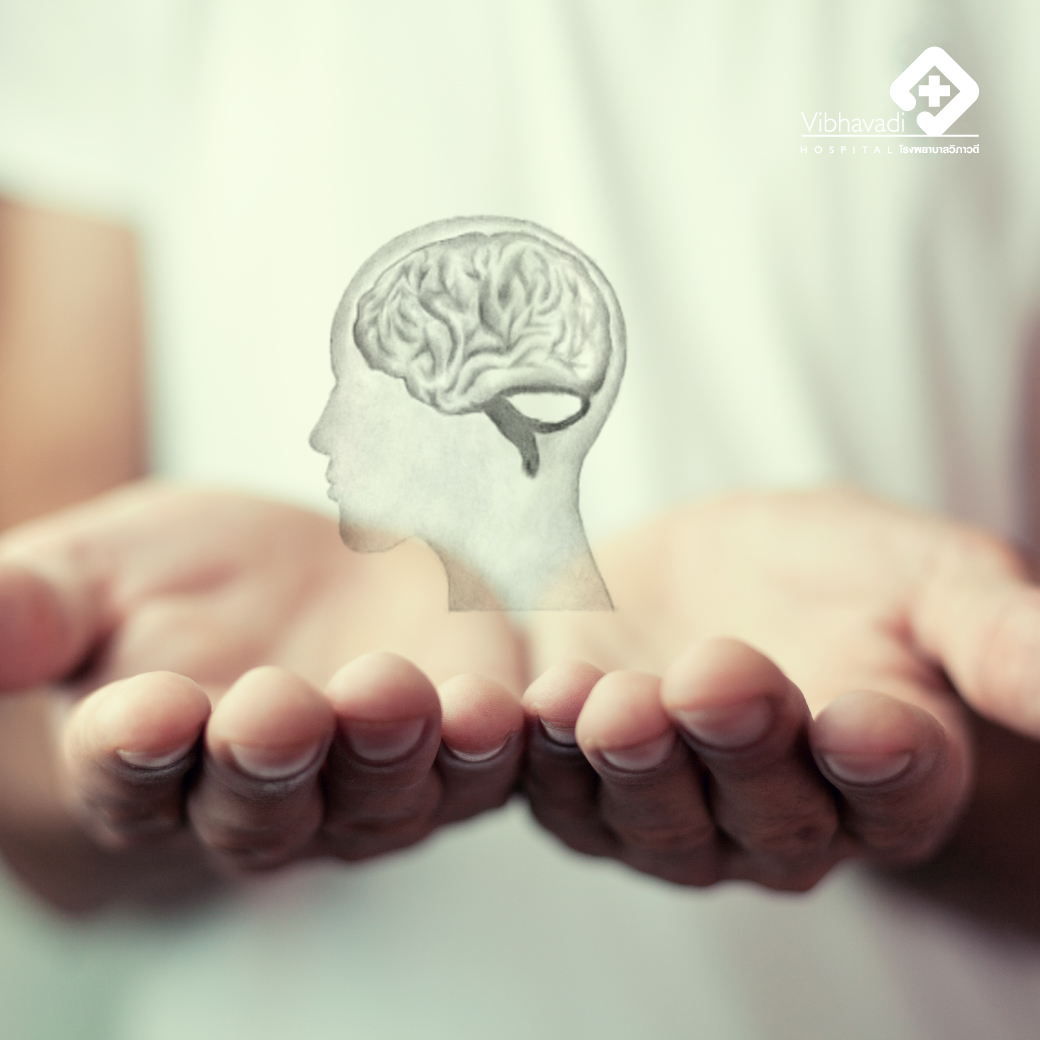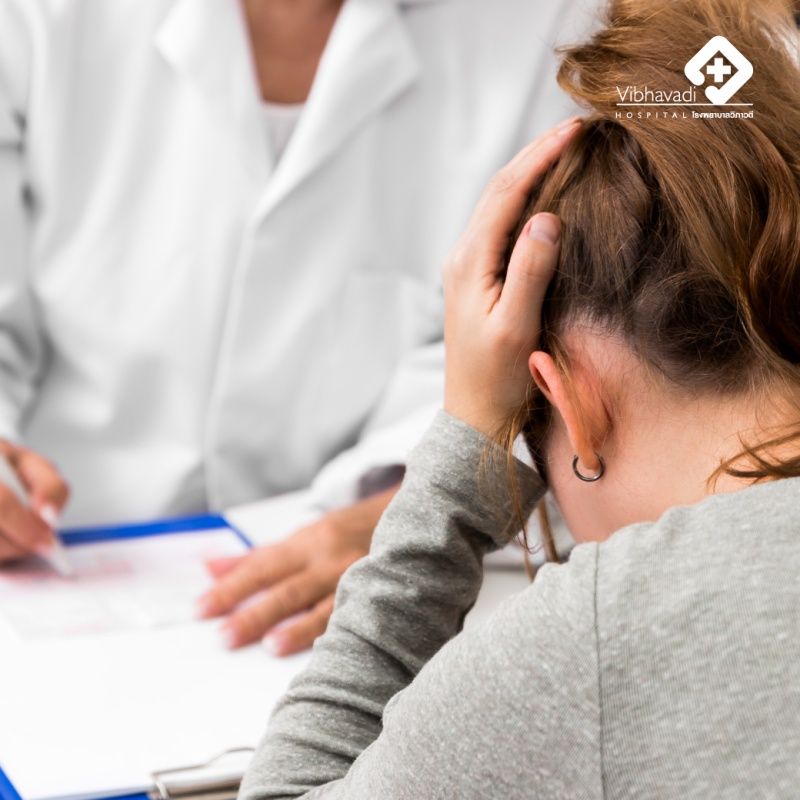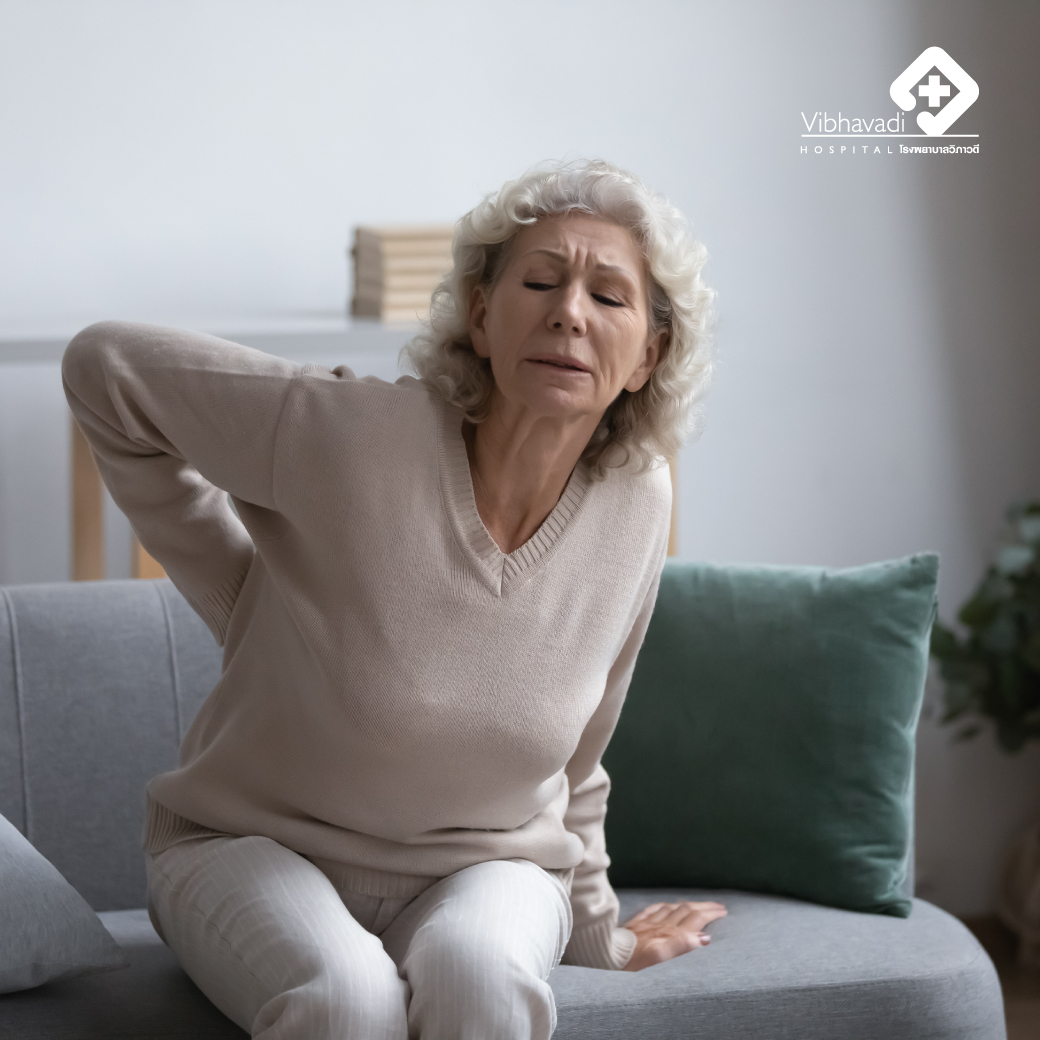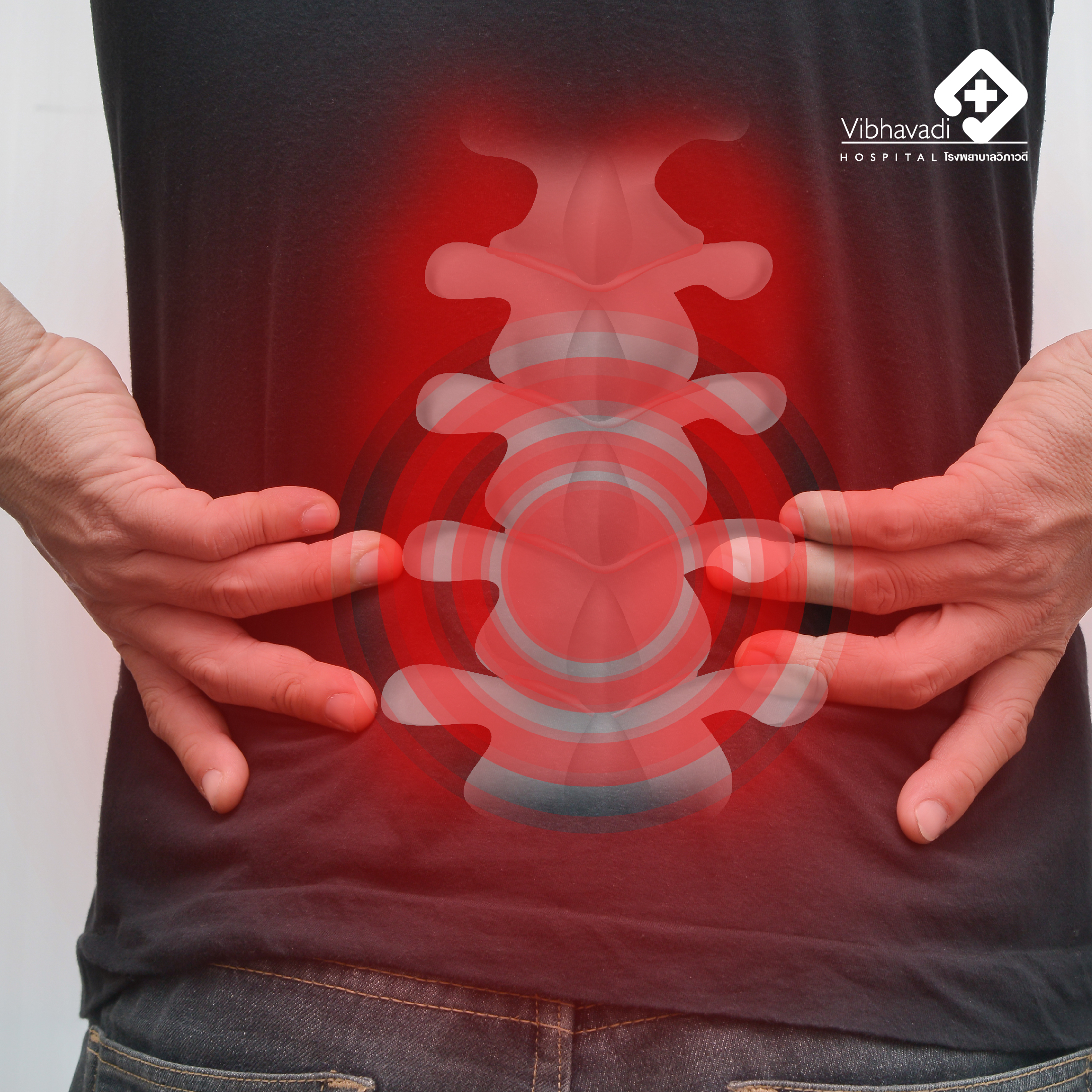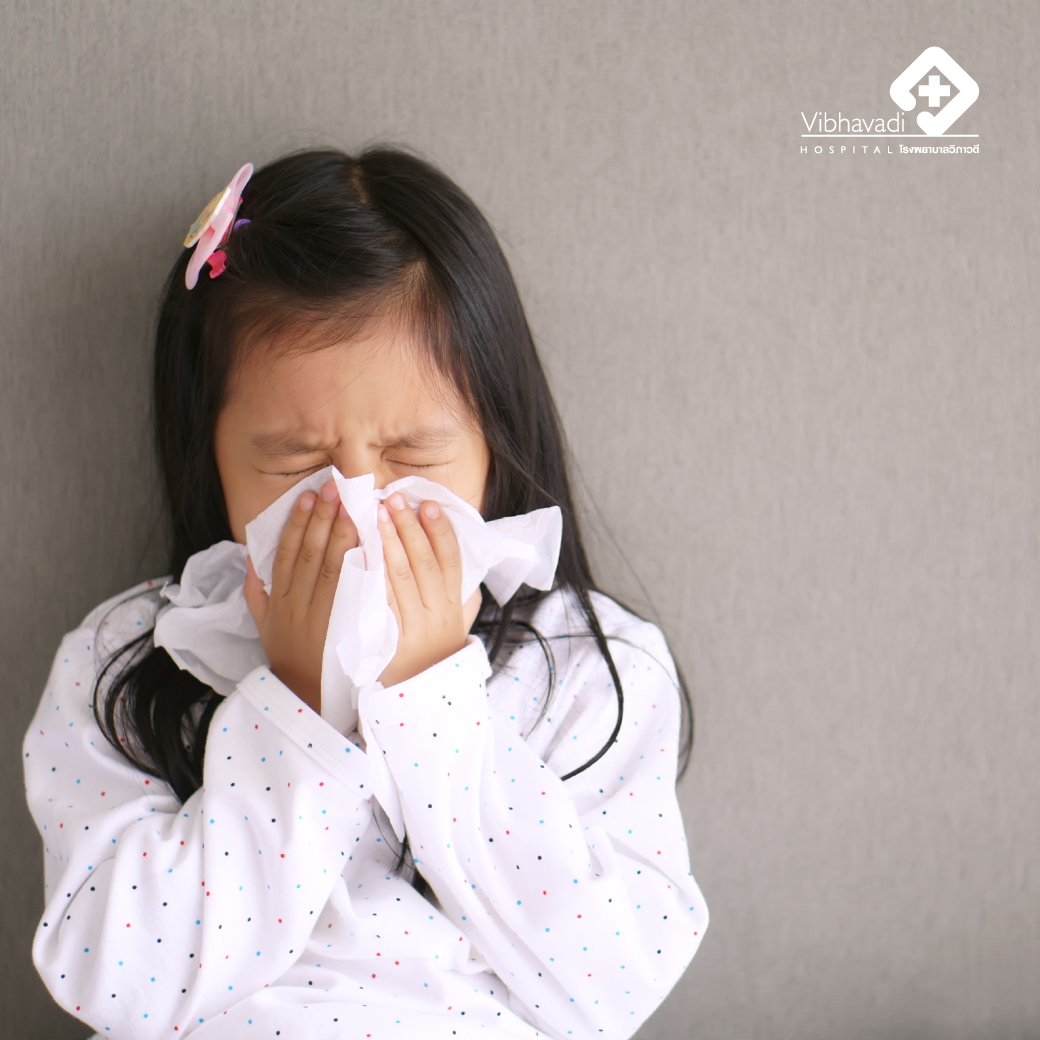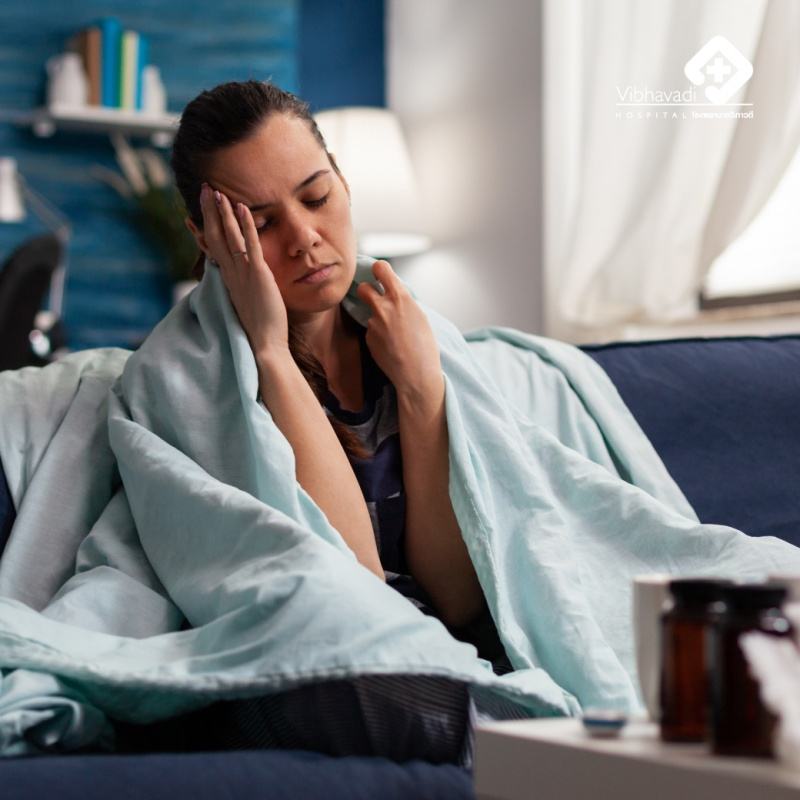
What Kind of Headache is a Migraine and How to Treat It
What Kind of Headache is a Migraine and How to Treat It
Migraine is a type of headache characterized by significant symptoms, including throbbing pain in the temples, affecting either one or both sides of the head. The pain typically comes and goes, with varying levels of intensity.
The severity of the pain can range from moderate to severe, and each episode usually lasts between 4-7 hours. The pain can worsen or become more severe due to stress, hot weather, bright lights, or lack of sleep.
During a migraine attack, additional symptoms may be present, such as nausea, vomiting, loss of appetite, and sensitivity to light or sound. As a result, most migraine sufferers prefer to be in a dark and quiet room, which can help alleviate the pain.
There are two common types of migraines
- Classic Migraine: Symptoms usually appear during adolescence, and as the person gets older, the headaches may decrease in intensity until they eventually disappear. Some patients may experience prodromal symptoms, such as seeing flashing lights, having difficulty seeing, or experiencing numbness on one side of the body. This type is referred to as a classic migraine.
- Common Migraine: Symptoms usually manifest in the forehead, around the eyes, in the temples, and sometimes in the jaw. The pain often affects one side of the head but typically does not include prodromal symptoms. This type is known as a common migraine.
Migraines are a chronic condition that cannot be completely cured. However, with proper understanding and following recommended guidelines, the condition can be managed effectively.
Causes of Migraines
Migraines are caused by inflammation of blood vessels and nerves surrounding the brain. The nervous system of migraine patients is more sensitive to changes in the body and environment than those who do not suffer from the condition. The nervous system responds rapidly to changes, leading to inflammation and subsequently severe pain.
Triggering factors
• Food: Irregular meal times, consuming alcoholic beverages, and consuming foods with added flavor enhancers or preservatives can trigger headaches.
• Sleep: Getting too much or too little sleep can trigger migraines and muscle pain.
• Hormones: Many women who suffer from migraines may experience migraines during menstruation or during the first three months of pregnancy. Some hormone-based birth control methods may intensify the severity or duration of migraines.
• Environment: Factors such as temperature changes (extreme heat or cold), prolonged exposure to sunlight, or exposure to certain smells can cause headaches. Examples of these smells include perfume, cigarette smoke, or prolonged exposure to a computer screen.
• Stress: People who are stressed may experience more frequent and severe migraines than those who are not stressed.
Symptoms
The first type of migraine is characterized by throbbing pain around the temples or deep pain around the eye socket, similar to a heartbeat. The pain is typically moderate to severe, which is a distinguishing feature of migraines. If the pain is only mildly uncomfortable, the likelihood of a migraine is lower.
Additionally, when a migraine subsides, the pain usually disappears completely. During an episode, the pain may last for 2-3 days, according to some theories. However, in general, the pain may last for just 2-3 hours or up to 4 hours.
Moreover, some patients may experience nausea, seeing flashing yellow lights, or jagged lines before a migraine episode. These are called prodromal symptoms, although not every patient experiences them.
Migraine Symptoms Checklist
- Must have had at least 5 headache episodes
- Headache duration of 4-72 hours
- The headache must have at least 2 of the following characteristics:
- One-sided pain and throbbing sensation
- Pain severe enough to interfere with daily activities
- Movement or climbing stairs makes the pain worse
- During a headache, must have at least one of the following symptoms:
- Nausea or vomiting
- Sensitivity to light or loud sounds
Is one-sided headache always a migraine?
In reality, a one-sided headache is not necessarily indicative of a migraine. It could be due to a tumor, muscle strain, a slipped disc, or trauma. Approximately half of migraine patients experience one-sided headaches, while the other half may experience pain on both sides.
Risk groups
Migraines are less common among the elderly and are more common among teenagers and young adults. Migraines can occur in children as young as 7-8 years old, but the most common age group is between 10-25 years old. Women are more likely to suffer from migraines than men. As individuals age, the frequency of migraines tends to decrease. This may be related to hormone fluctuations, especially in women who may find relief from migraines after menopause.
Diagnosis
The diagnosis of migraines relies heavily on medical history and physical examination. This includes the characteristics of the pain, its location, severity, frequency, duration, and any accompanying symptoms. Personal medical history and medication use are also considered. Laboratory tests or X-rays may be used to rule out other conditions, such as headaches caused by muscle tension, stress, infections in the brain lining, pituitary gland disorders, or tumors.
Frequently Asked Questions (FAQ)
Q: I have severe headaches that cause vomiting. When the pain goes away, it disappears completely. In a week, I experience this for up to 5 days. Is this considered a migraine?
A: You should consult a specialist to determine whether your symptoms are indeed migraines. Based on your description, the chances of it being a migraine are relatively high. The frequency of occurrence is also quite high since migraines should typically occur 2-3 times per month. If you have frequent migraines, you may need to take preventive medications, while pain-relief medications can be taken for less frequent occurrences.
Q: Is there any harm in taking medication regularly to treat symptoms?
A: Migraine medications are divided into two groups: preventive and pain-relief. A doctor should consider the specific case before prescribing medication, and the patient's response should be monitored after taking it. Widespread use of Cafergot can cause side effects, especially in individuals over 40 years old, as it may constrict heart blood vessels. In some cases, paracetamol or aspirin may be sufficient to help without needing this type of medication.
Q: How should symptoms be assessed in children?
A: If a child has a headache, the first thing to check is their eyesight. The problem may also be related to issues with friends, a recent school transfer, or a new environment, which may cause stress unknowingly. These factors could potentially lead to headaches. However, migraines can also be found in children as young as 7-8 years old. Observe if the pain is severe and may even cause vomiting, but when the pain subsides, it disappears completely.
Best wishes from Vibhavadi Hospital.


